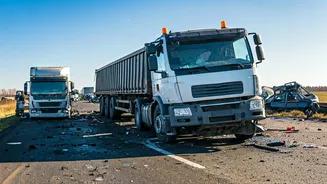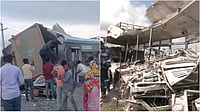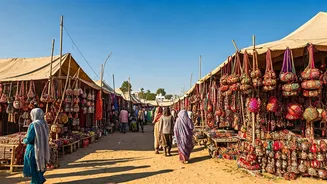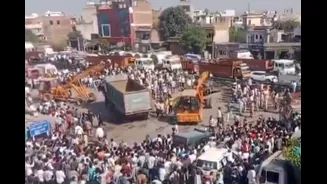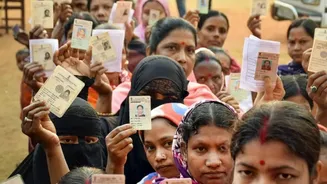Jaipur's Harmada Crash
The incident, a horrific road accident in Jaipur's Harmada area, involved a speeding trailer truck that rammed into multiple vehicles. The collision resulted
in a devastating loss of life, with at least 12 people confirmed dead. This single event brought to light the pressing issues of road safety and transport management within Rajasthan. Authorities have initiated investigations to determine the exact causes and assign responsibility, and the aftermath also involves dealing with the injured and providing support to the bereaved families. The event, covered by national and local media, triggered an outpouring of grief and calls for stricter measures to prevent future occurrences.
Unchecked Transport Chaos
The Jaipur truck crash highlighted deeper problems within Rajasthan's transport system. This incident, along with prior events such as the Jaisalmer bus fire, demonstrates a pattern of unchecked operations. These events expose the vulnerability of road users to potential hazards from vehicles. The frequency of such incidents points towards systemic failures in areas like vehicle maintenance, driver training, and enforcement of traffic regulations. Addressing the problem involves not only punishing offenders but also implementing broad safety upgrades. This encompasses infrastructure improvements, enhancing regulatory oversight, and launching awareness campaigns focused on safe driving practices and road safety.
Addressing the Crisis
The accident necessitates a detailed assessment of existing safety standards and their enforcement. Authorities will need to reassess the infrastructure and procedures to prevent similar tragedies. The government can consider increasing traffic enforcement, which includes stringent checks for vehicle fitness, driver fitness, and speed limit compliance. They must also work on improving road designs and infrastructure to minimize the risks. Public-private partnerships can fund road upgrades and construct emergency medical services. By acting decisively, the government may significantly reduce the number of such incidents and make roads safer for everyone. Continuous monitoring and evaluation of safety measures will be essential to ensure long-term effectiveness.
Broader Implications
The Jaipur crash presents the urgent need for a comprehensive approach to road safety. This should encompass stringent vehicle inspections, robust driver training programs, and strict enforcement of traffic laws. It's also crucial to enhance emergency response systems and medical facilities to minimize fatalities and injuries after accidents. Road users must be educated about safe driving habits, and authorities must ensure that all transport operators are accountable for safety. Effective strategies involve integrating technology for traffic management, such as implementing speed cameras and using GPS to monitor vehicle movement. The aim is not just to punish rule breakers, but also to build a culture of safety. This ensures that the roads are safer for everyone who uses them.
